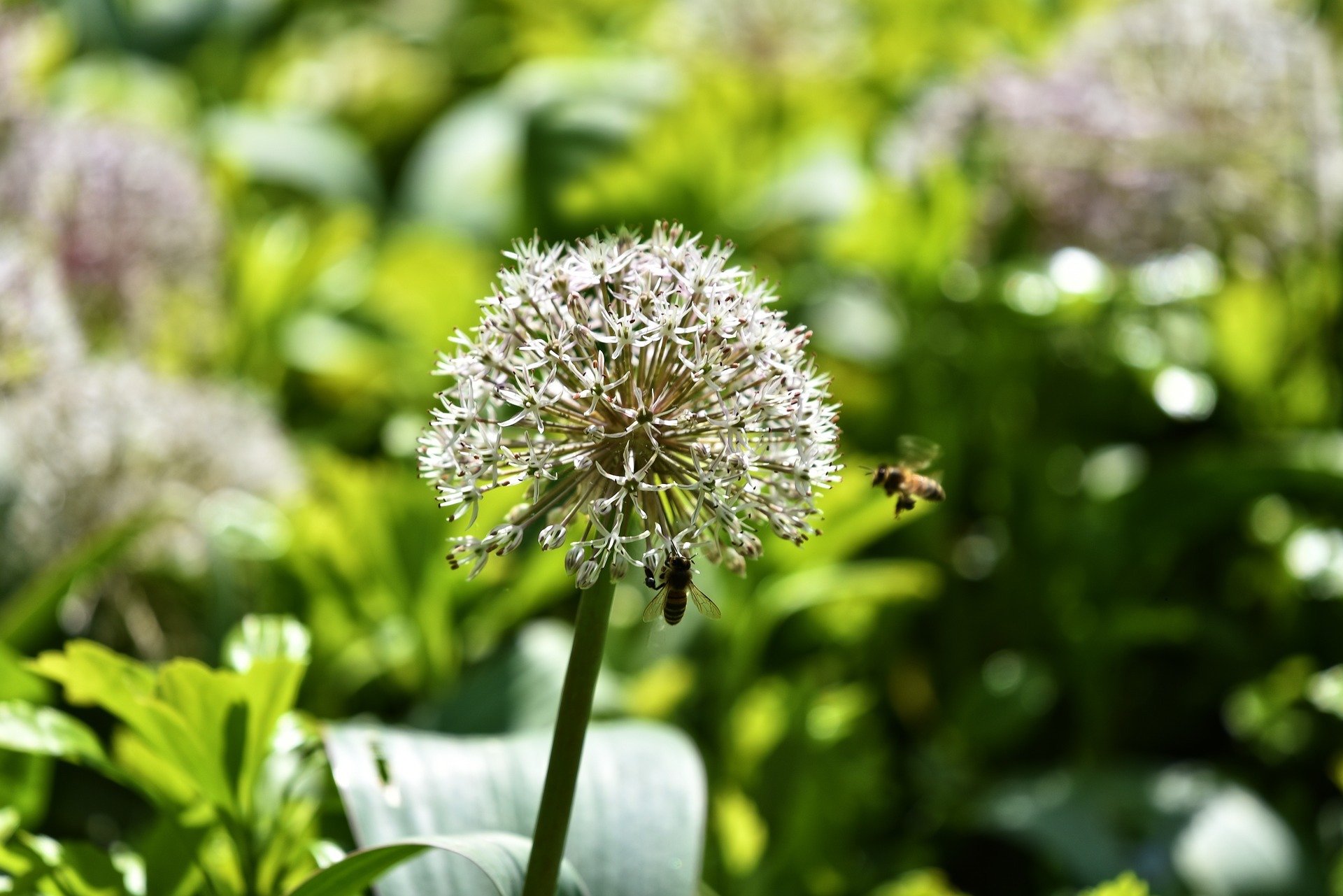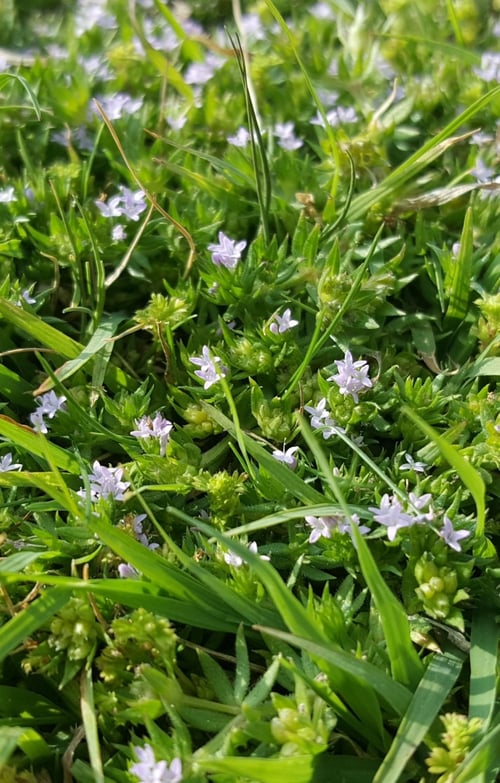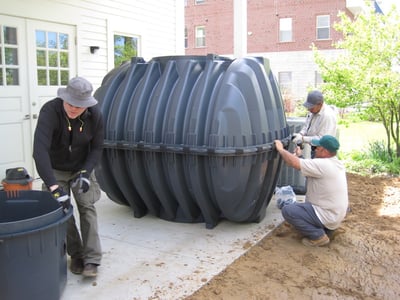
The first step in choosing the best type of infrastructure to manage stormwater and safeguard the environment is to understand the major differences between green versus gray infrastructure.
Stormwater is one of the world’s most pressing concerns. Whether to use green versus gray infrastructure one of the most pressing questions associated with it.
Today, the increase in global climate change brings odder and odder weather, while the expansion of cities ups the square footage of impermeable surfaces by the day. Managing stormwater is difficult but possible … as long as you understand your options: green versus gray.
Green and Gray: Are We Misguided?

When you think of green versus grey infrastructure, chances are you image two contrasting systems.
On the one hand, you see a sweeping manmade dyke, wide enough to accommodate a drag race out of The Fast and the Furious, spanned by gray bridges and edged by gray concrete walls. It’s just … really gray.
On the other hand, you imagine a beautiful wetland, so carefully stewarded that herons take their vacations there and only beneficial insects are welcome. Sigh.
The truth is, though, that’s too cut and dry. Solutions are rarely this simple, which begs the question: Does the world really have a good grasp on green versus grey infrastructure? We respectfully submit that there exists much confusion on this front.
For the sake of our cities, as well as the animals and people within them, let’s clear that up today.
Green Versus Gray Infrastructure: What’s the Dif?
Essentially, green versus grey infrastructure comes down to a simple matter of whether the infrastructure tries to control nature or use its natural processes to design solutions.
Dykes and levees, for instance, are gray infrastructure. Through massive feats of engineering, stormwater is directed away from certain locations and toward others. These change nature’s natural processes, not only in terms of where the water goes, but also regarding how it gets from A to B.
That’s a problem. In a natural system, water does not travel over miles and miles over land without soaking into the ground, except in a river. With gray infrastructure, though, stormwater may travel long ways over impermeable surfaces before it reaches a river, lake or sea – by which time it has picked up untold pollutants, toxins and nasty critters (like E. coli, harmful to both humans and animals).
Often, when gray infrastructure gives water nowhere natural to go, that water has no choice but to head toward a destination that can’t handle the volume, such as sewers, which then overflow and poison the environment.
Green infrastructure, on the other hand, consists of elements that help nature do its job. They allow water to soak into the ground, filtering pollutants naturally. They retain or detain water just as nature does, keeping it roughly in place when it falls rather than funneling it immediately onward.
So, you know, green is better. Oh, and cheaper.
This isn’t just some crunchy conclusion. A Yale School of Forestry & Environmental Studies report on the Philippines concluded that in almost all scenarios, green infrastructure is more cost-effective than gray.
Once you accept this conclusion, the trouble becomes actually distinguishing between green versus gray systems.
A Confusion of Color: Clarifying Green Infrastructure Intentions

The truth is, not every green system is colored green. The biggest difference in green versus gray infrastructure is not the color of the materials, but their purpose.
Think of a cement structure that detains water and gives particulate matter a chance to settle before funneling it onward toward its final destination, such as a stream or waterway. By slowing down water’s passage, it filters out the most harmful elements before they reach drinking water and wildlife.
Traditional lawns, by comparison, compact easily, making it difficult for stormwater to penetrate, so it instead sheets over the top as with other impermeable surfaces.
You can see where it gets confusing.
So, the takeaway? Colors matter less than intentions. So long as the goal of infrastructure is to retain or detain stormwater, we think that’s pretty green. Any strategy that helps keep it out of streets and waterways during storms, minimize combined sewer overflows, and reduce associated disease and pollution is fine by us, whether it looks gray or green.
Green Up Your Stormwater Solutions Today
No matter what kind of infrastructure currently manages the water flowing through your backyard or business – from dykes to gardens to nothing at all – we can help you improve results and safeguard the environment even more effectively.
If you’d like to learn more, we invite you to get in touch with our team today.

